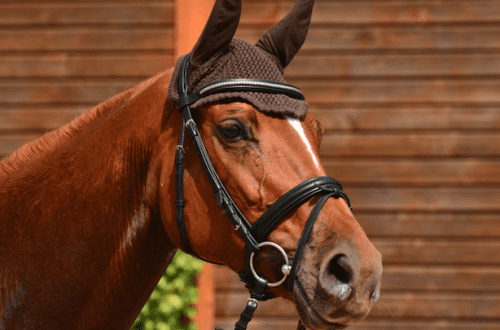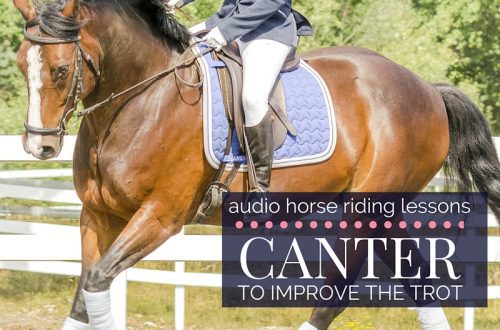
Hippotherapy: where is help and where is deceit?
Hippotherapy: where is help and where is deceit?
It is no secret that today the word “hippotherapy” refers to any activity of persons in need of appropriate assistance with horses. Many stables offer their services in this area, anyone is ready to conduct classes, starting with the “stable girls” who believe that their horse is calm enough to respond correctly to the appearance of a patient in the saddle. For many, this work is perceived as an easy way to earn money.
But how to distinguish “real” hippotherapy from “fake”?
Security
When you bring your child to a hippotherapy class, the instructor or club administrator should examine your child’s medical records or ask for a doctor’s note, because the main principle of hippotherapy is to do no harm. The instructor is obliged (!) to make sure that the child or adult has no contraindications for horseback riding.
Before boarding a horse, you should be offered a helmet, or in advance, even at the stage of registering for a lesson, ask to bring your own. Riding without a helmet is a serious safety violation, and if the instructor neglects this, it is an occasion to wonder: what other rules is he willing to break?
The training area must be fenced and not littered.
Hippotherapy classes are not recommended to be carried out in the same arena with novice riders riding independently or with show jumpers performing jumps over obstacles – this is also not safe.
Class quality
The quality of training depends on many factors.
1. Team.
The instructor who conducts the classes must have a higher education (medical, psychological, pedagogical or physical education) and additional education in the field of hippotherapy (special courses). He must also be qualified in the field of riding. Feel free to ask the instructor for documents! Refusal to provide at least a copy of them can only indicate one thing: you will get anything, but not a lesson with a therapeutic effect.
During classes (if we are talking about hippotherapy, and not about adaptive riding), a groom and an assistant must be present.
The absence of a groom is also a violation of safety regulations, because a horse is a living being, and no matter how well the instructor knows it, there is always a risk that the horse will get scared or behave inappropriately.
Without a groom and an assistant, the instructor is forced to keep in the field of attention not only the child, but also the horse and, first of all, take care that the child does not fall off the horse, and not about how to most effectively help him.
2. Soil quality.
The step of the horse directly depends on the condition of the ground: on ice or getting stuck in the mud, the horse tries to maintain balance and cannot provide the necessary quality of the gait. In open areas it is good to practice in the summer, in winter and in the off-season, the quality of classes conducted outside the arena is significantly reduced.
3. Horse.
Hippotherapy is not done on ponies! Clubs, of course, are more profitable to conduct classes on them (ponies are cheaper than horses, it is easier for instructors to insure patients). Remember: all assurances that the child is small and the pony is more suitable for him speak only of the incompetence of the instructor.
A horse for hippotherapy should not be lame!
4. Equipment and ammunition
Hippotherapy is strictly bareback. A horse may have a saddle cloth, a diaper, a band with handles, or a trok.
Vera Elanskaya, Head of Rehabilitation Programs, MOOE “Invacon”
- zolotorenko72 11 March 2017 city
And how much do you think the club can take money for the service, observing all of the above conditions? Any advice on pricing (without state support)? Answer
- Maria 11 March 2017 city
1. Go to the site indicated in the signature of the author. There are numbers there. 2. The question in the article is raised not about how to get rich on this club, but about how classes SHOULD be conducted. According to the rules, and not “just to get a ride.” Hippotherapy is, first of all, not a source of income, but quite a therapeutic service. Answer
- shosha 11 March 2017 city
I’m wondering why not on a pony? Because of height or temperament? Answer
- Maria 11 March 2017 city
I guess due to the size/quality of the step…I should ask the author to add an explanation. Answer
- Maria 11 March 2017 city
The author promised to cover this issue in detail in the next article 🙂 A whole series of articles is planned to be released. Answer
- Kaspars16 12 March 2017 city
In one of the clubs where I was engaged, they held classes in hippotherapy on a pony. True, not in Shetland, but in Welsh. Answer
- Maria 12 March 2017 city
As I was explained, ponies are not suitable because of the rhythm of the movement. For the same reason, it is impossible to work with lame horses and pacers. Answer
- tolpa_indeitsev 15 March 2017 city
Finally someone is talking about it! Ponies are not suitable due to the biomechanics of movement. Draft horses (trotters and heavy trucks), or riding horses hackneyed into harness, are also not suitable – they have a shifted center of gravity. I am sure that the respected author will cover this point in the next publication. Regarding ponies: for example, Ingrid Strauss in her book on rehabilitation by riding recommends the use of ride ponies (they do not have pony movements). Welsh ponies for this reason are also suitable in some cases – you need to look at a specific horse. The biomechanics of the horse’s movements are extremely important if you are working with the musculoskeletal system! If you are engaged in social, psychotherapeutic (or speech therapy, like me) work, this is not so important.
What confused me in the article was the strict recommendation to wear a helmet. It is very interesting how a child who does not hold his head will also sit with a helmet! Answer





